Lebanese cheese manakish are so gooey and dreamy I always burn the roof of my mouth as I can't wait to long to devour them.
Cheese manakish can of course be eaten on their own and are divine, but can also handle being paired with other strong flavours.
My favourite combination of manakish ever is cheese and zaatar together so you get the sharp zaatar with the creamy cheese, resulting in perfect balance in the universe.
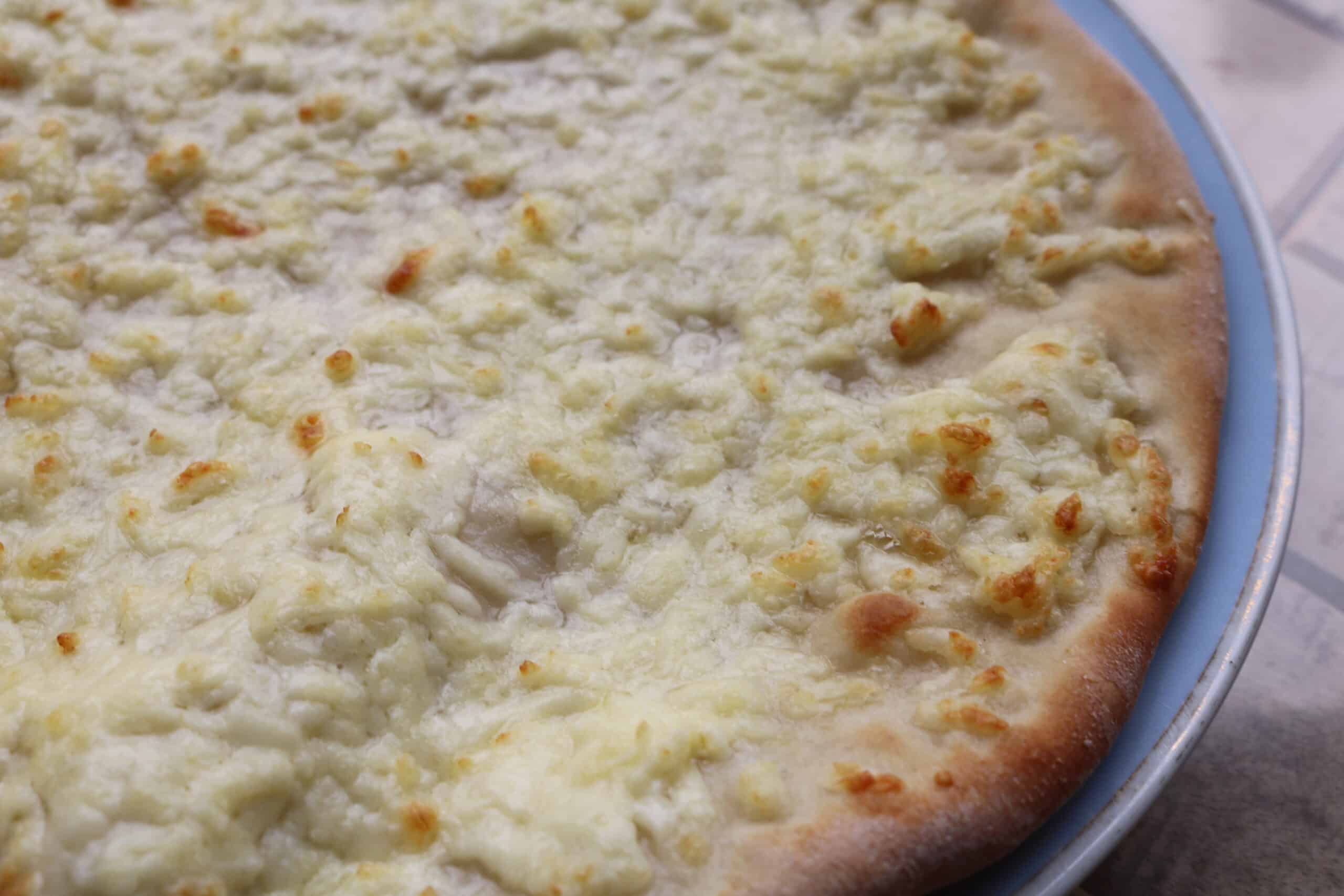
You can also have cheese and sujuk (spicy sausage) which if you are very lucky and live near a Lebanese deli they can provide you with lots of freshly made gourmet sujuk sausages.
I've even seen people pair cheese with spinach, so really there are no limits.

🧀 The Cheese
The traditional cheese used for Manakish in Lebanon is Akkawi cheese. I can only describe it as a creamier halloumi if you have never tried it before.
These days, you can find Akkawi cheese in most Middle Eastern grocery stores and i've heard you can even order it online.

The wonderful thing about Akkawi cheese is that it can handle very high heat and doesn't burn too quickly in comparison to other cheeses.
There is Akkawi baladi cheese which is my preferred one as you can grate it without soaking.
There is also Akawwi chikkie cheese, which is saltier and usually needs to be soaked in water for half an hour before. Then drain the cheese in a sieve and squeeze out any extra moisture with your hands.
It's ok if the cheese seeps some moisture as you are cooking it, you can blot out any extra moisture with some kitchen towel.

Just before I add the cheese I brush the dough with a tiny bit of oil - vegetable or mild olive oil will do.
I do this because I see the bakeries do it in Lebanon 😂 though I think it is to make a barrier between the cheese and the dough so it won't be soggy.
🍕 The Dough
We have a basic manakish dough recipe on the site but will provide it again for you here so you don't have to inconveniently click here there everywhere.
Manakish dough is meant to be rolled out much thinner than a pizza dough so in that way it is much closer to a flatbread than a deep pan pizza.
When making the dough trust your instinct and add water or flour incrementally if you feel it is too dry or wet.
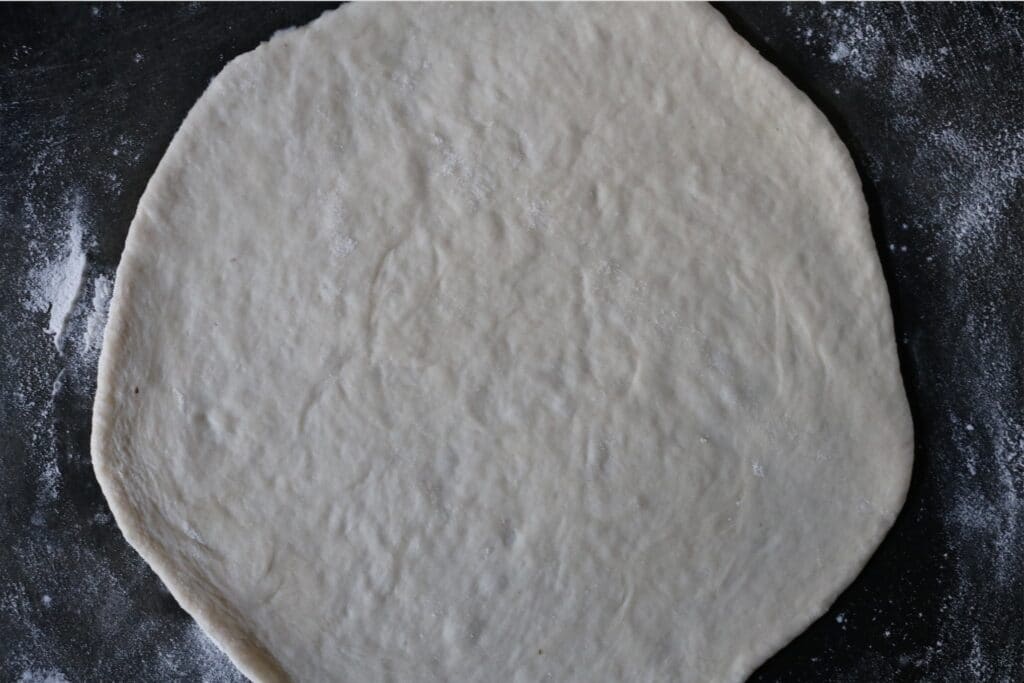
I prefer using dried active yeast though of course you can use fresh yeast. If you want to use fresh yeast simply double the amount of dry active yeast.
My top tips for making dough are to use very lukewarm water that you would be happy giving to a child to drink. 38C is the optimum temperature and anything much hotter will kill the yeast.
💭 Top Tips
Make sure you preheat the oven very well on the highest heat before you add the manakish in.
My final tip is to lightly dimple the manakish with three of your fingers outstretched so the dough won't puff too much and the cheese won't ooze out of the side.

✅ Substitutions
If you can't find akkawi cheese then the next best thing is the Turkish Kashkawan which is more of a hard cheese but melts beautifully too.
And if you can't find that then I would suggest Halloumi or Mozzarella (the cucina type) mixed with either Gouda or Emmental.
📖 Recipe
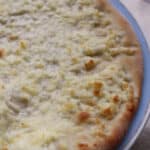
Cheese manakish
Akkawi cheese manakish
Ingredients
For the cheese topping
- 500 g Akkawi cheese (baladi or chikkie)
- vegetable or mild olive oil for brushing
For the manakish dough
- 3 cups bread flour
- 1 cup of lukewarm water
- 1 tablespoon of dried active yeast
- 1 teaspoon of salt
- ½ teaspoon of sugar
- 4 tablespoon mild olive oil
Instructions
To prepare the cheese
-
If you are using akkawi baladi cheese, grate it in a bowl and set aside.
-
If you are using Akkawi chikkie cheese, then grate the cheese and soak it in a bowl of water for half an hour before. Drain in a sieve then squeeze out the extra moisture with your hands and set aside
To make the Dough
-
Add the sugar to the luke warm water along with the dried active yeast and stir well until it dissolves. Leave for 10-15 minutes allowing the yeast to bubble
-
In a large bowl, add the salt and flour, oil and yeast liquid and bring together until you have a smooth ball.
-
If the dough is too dry add a little water 1 tablespoon at a time until it comes together. Adjust with more flour if it is too sticky
-
Then turn out into a floured surface and knead for 5-10 minutes so the dough springs back slightly when you poke it
-
If you are using a stand mixer, knead the dough for approximately 8 minutes
-
Place the kneaded dough ball into a large bowl and cover with cling film or a damp cloth. Leave to rise for at least 2 hours or until doubled in size
To make the manakish
-
Preheat the oven on your highest setting and make sure it is well heated before putting in the manakish
-
Divide the dough into 8 manakish balls, dust lightly with flour and cover with a teacloth
-
Roll out a dough ball between 3-5mm thick, dusting with extra flour to avoid sticking
-
Brush on a little vegetable or mild olive oil, and add a fair amount of cheese spreading it with your hands and leaving a small margin.
-
Lightly dimple the surface with three outstretched fingers a few times
-
Bake until the cheese bubbles and the manakish start to brown on the outside, turning if necessary to get an even bake.
If you make any of our recipes let us know how it went by giving us a star rating below.
Check out our Youtube page for full video tutorials, our Facebook group to discuss Lebanese cooking, as well as our tiktok page for quick tips.
You may also like these recipes from the collection:


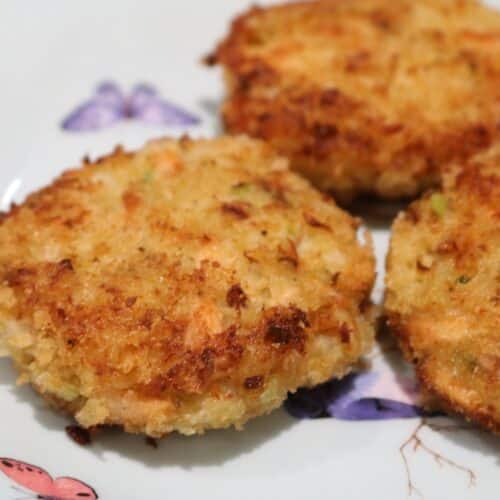
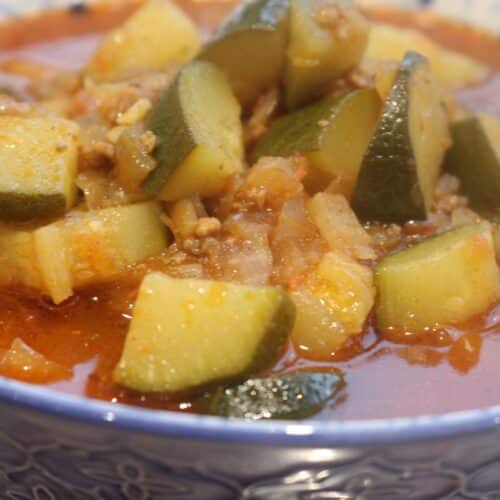
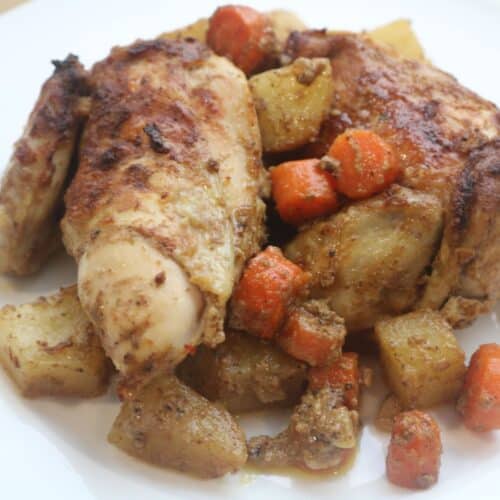
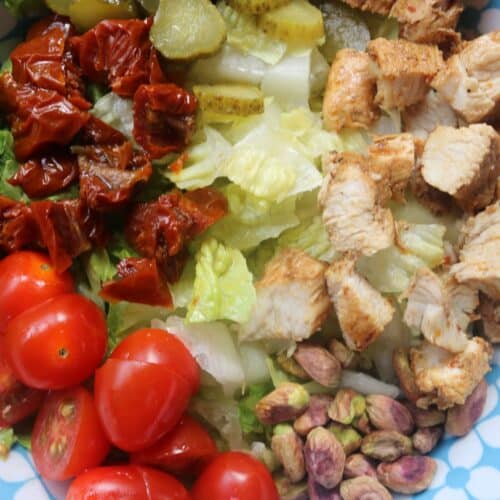
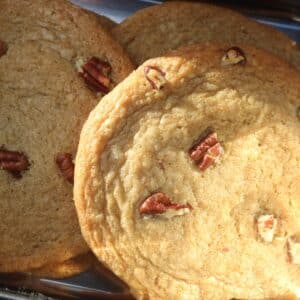
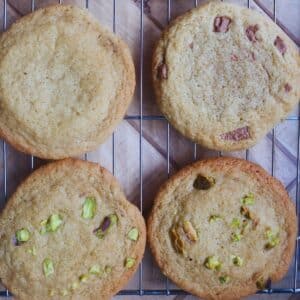

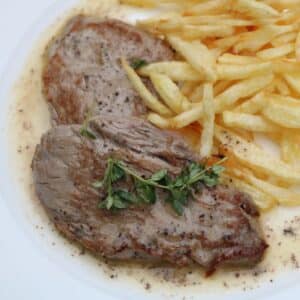
Kawthar
My favourite manakeesh topping
Anita
Your dough recipe is the absolute best, adding milk makes such a nice difference!